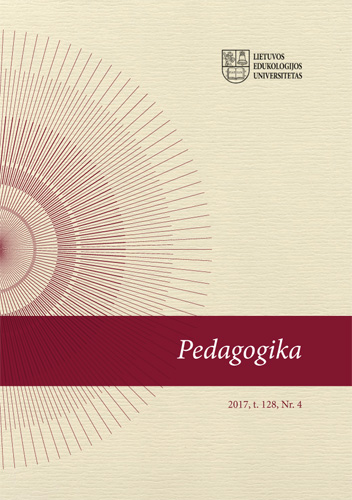Klasikinių ir šiuolaikinių metodų taikymas dėstant specialybės kalbą
Application of Traditional and Contemporary Methods While Teaching Language for Specific Purposes
Author(s): Jolita Grašienė, Angelika PetrėtienėSubject(s): Education, Foreign languages learning, Methodology and research technology, Evaluation research
Published by: Vytauto Didžiojo Universitetas
Keywords: active method; teacher; traditional teaching methods; language for specific purposes; students; contemporary teaching methods;
Summary/Abstract: The article discusses traditional and contemporary teaching methods in order to determine, which methods are best suited for teaching professional language or language for specific purposes. A study was conducted at the Vilnius Gediminas Technical University (hereafter – VGTU) and Vilnius College of Technologies and Design (hereafter – VTDK) that shows students’ opinion about the teaching methods of the language for specific purposes. The study showed that the choice of teaching methods is determined by the prevailing trends of developments in education and the ongoing advancement of technologies; traditional teaching methods having long-standing traditions should remain relevant; however, in order to ensure the highest possible quality of learning there is a need to intensify the use of active teaching methods, particularly those, which are preferred by students; teachers who usually employ traditional teaching methods are recommended to plan their lectures in such a way as to provide for a transition from passive to active learning. Appropriately selected teaching methods make it possible for students to acquire subject knowledge, improve skills of correct language usage, develop key competences and become competitive specialists.
Journal: Pedagogika
- Issue Year: 128/2017
- Issue No: 4
- Page Range: 193-205
- Page Count: 13
- Language: Lithuanian

